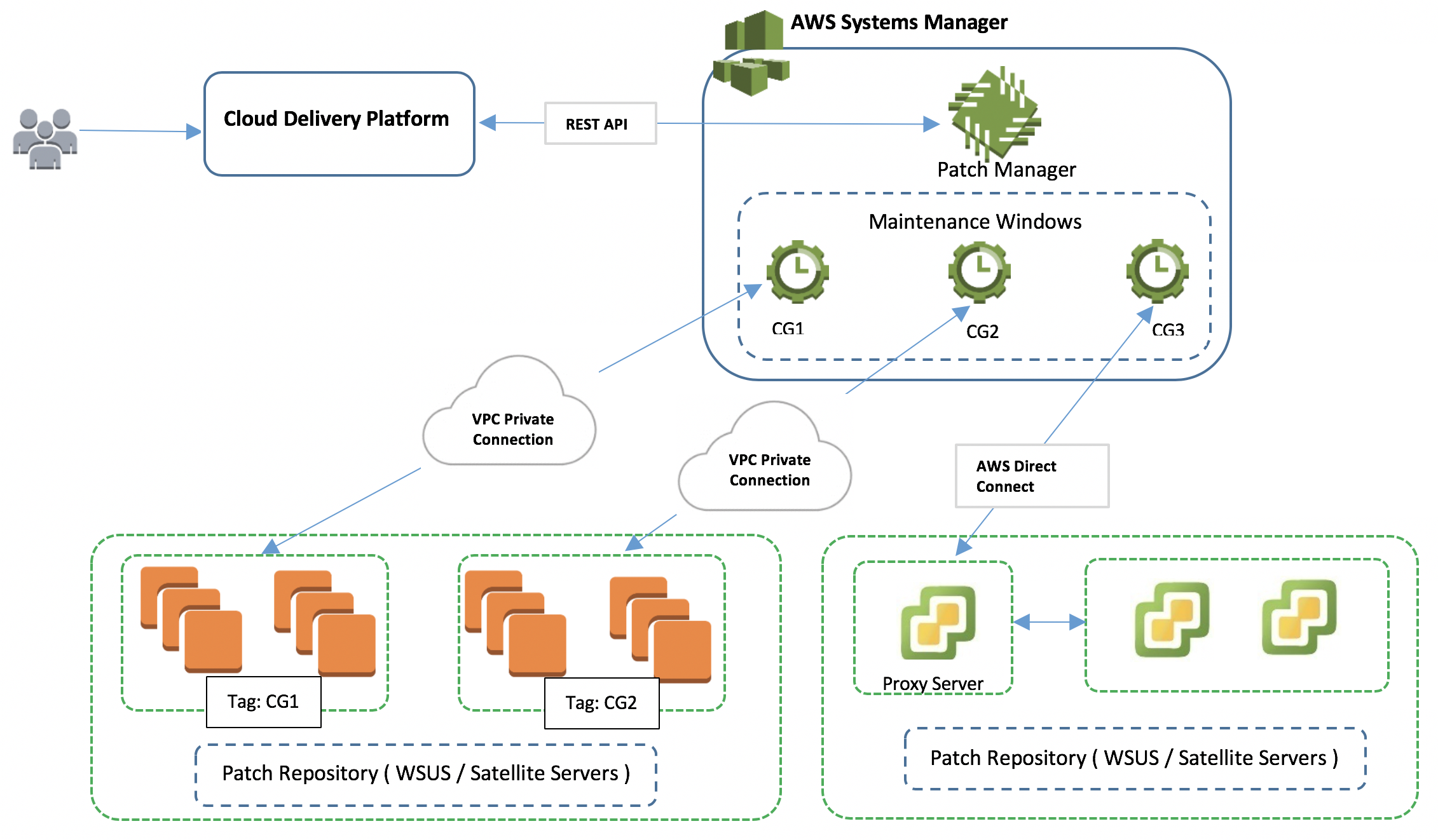AWS Management Tools Blog
Category: Amazon Systems Manager
TCS hybrid cloud patch management at scale using AWS Systems Manager
By Giridharan Varatharajan, Cloud Delivery Platform Architecture lead at TCS and Madhavan Ananthachari, Cloud Delivery Platform Engineering lead at TCS Introduction Now that multitenancy in the cloud is driving IT operation costs down, large enterprises are seeking seamless service delivery methods that address day-to-day activities in your cloud environment. AWS partner Tata Consultancy Services (TCS) […]
Read MoreUse new resource types in AWS Resource Groups to support day-to-day operations
AWS Resource Groups recently announced its support for additional resource types, including Amazon DynamoDB tables, AWS CloudTrail trails, Amazon SageMaker models, and many more. This blog post will walk you through some examples of how you could use AWS Resource Groups, and its new resource type support to drive some of your day-to-day operations. AWS […]
Read MoreSmart RDP and SSH remediation with AWS Systems Manager Automation API actions
Here in AWS Support, I often help customers regain RDP or SSH access to their instances. It’s a common problem, but the identification of a correct solution could take some time, even hours or days if the right information isn’t available. Even with the most up-to-date playbook, it is easy to miss simple checks that […]
Read MoreOnica demonstrates uses for new AWS Systems Manager Automation actions
AWS Partner Guest Post By Eric Miller, VP of Solutions Development for Onica, a Premier Tier APN Consulting Partner As an AWS DevOps Competency Partner, Onica helps our customers across a wide variety of challenging automation problems. One very important suite of tools in our AWS toolbox is AWS Systems Manager. AWS Systems Manager simplifies […]
Read MoreHow Datacom solved hybrid risk management with AWS Systems Manager
The content and opinions in this post are those of the third-party author and AWS is not responsible for the content or accuracy of this post. This post is from Chris Coombs at Datacom, and Samual Brown, Senior Technical Account Manager at AWS. Datacom is an AWS Premier Partner providing migration, transformation and managed services […]
Read MoreManage Raspberry Pi devices using AWS Systems Manager
In this blog post, we discuss how to use AWS Systems Manager to manage Raspberry Pi devices just like any other Linux server. What is AWS Systems Manager? AWS Systems Manager gives you visibility and control of your infrastructure on AWS. Systems Manager provides a unified user interface so you can view operational data from […]
Read MoreUse parameter labels for easy configuration update across environments
By Sahithya Jagadish, Software Development Engineer at Amazon Web Services Parameter Store, part of AWS Systems Manager, provides a centralized, encrypted store to manage your configuration data, whether it’s plaintext data (public URLs) or secrets (such as passwords or API keys). Parameter Store is available through the AWS CLI, APIs, and SDKs. You can easily reference […]
Read MoreUsing AWS Systems Manager Inventory with Tags
AWS Systems Manager Inventory now supports Tags. Tags enable you to categorize your AWS resources in several ways, for example, by purpose, function, owner, or environment. Consequently, when you use AWS Systems Manager Inventory to collect metadata from an instance, it also collects the tag information attached to the instance, making the tag information available […]
Read MoreAWS CloudFormation resource for Resource Data Sync in AWS Systems Manager
The Resource Data Sync capability in AWS Systems Manager lets you sync inventory data from your managed instances into an Amazon S3 bucket. Resource Data Sync then automatically updates the S3 bucket whenever new Inventory data is collected. You can also use Resource Data Sync to sync inventory data from multiple AWS accounts into a […]
Read MoreStreaming AWS Systems Manager Run Command output to Amazon CloudWatch Logs
AWS Systems Manager Run Command is designed to let you remotely and securely manage instances. Run Command provides a simple way of automating common administrative tasks like running shell scripts, installing software or patches, and more. All actions taken with Run Command are recorded by AWS CloudTrail to audit changes and allows Amazon CloudWatch Events […]
Read More





